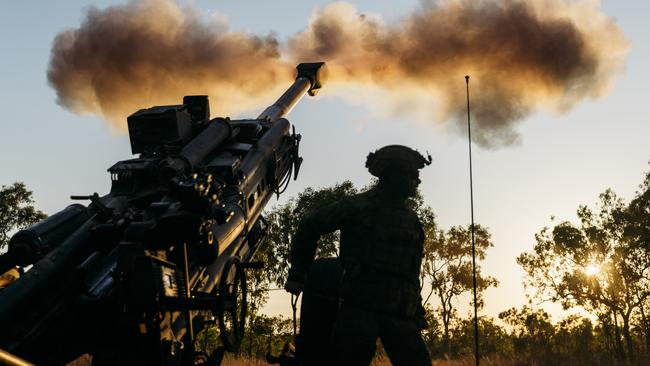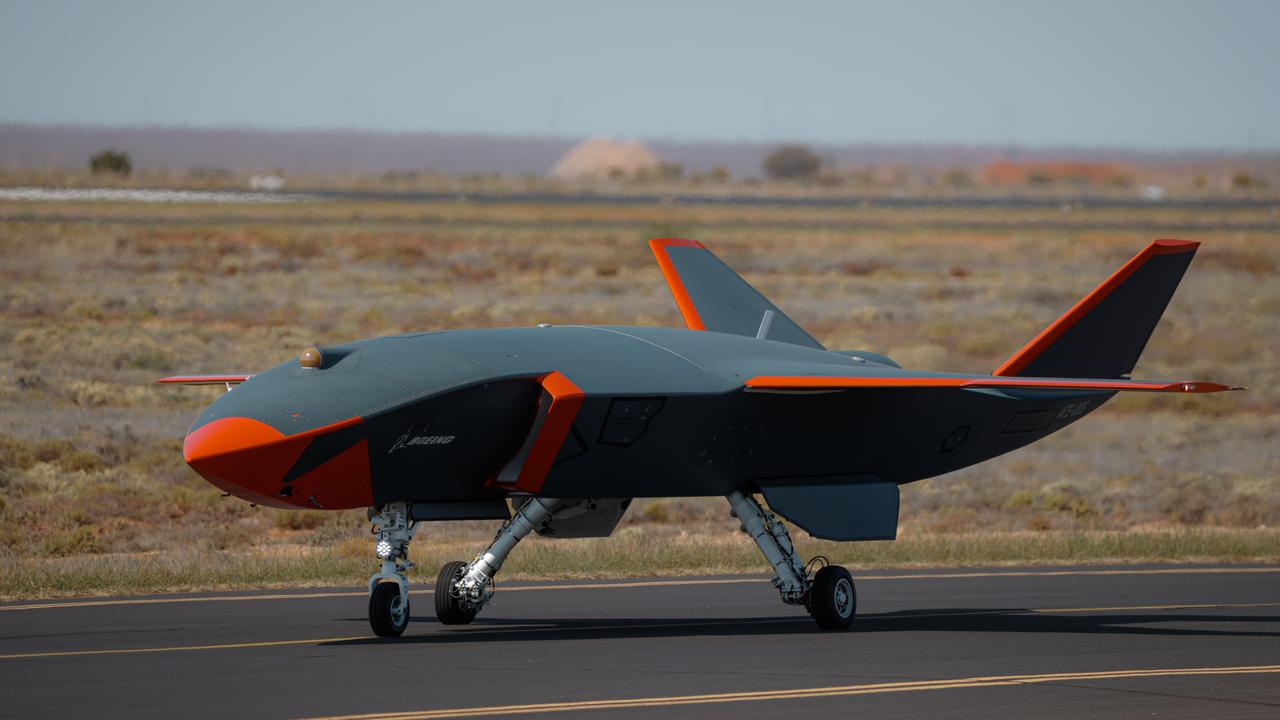Local guided weapons production gaining speed
Despite a slow start, a plan to accelerate self-reliance for things such as guided missiles, bombs, rockets and rounds of various calibres is picking up the pace.

As recent conflicts show – especially Ukraine – the world’s defence planners have dramatically underestimated the amount of munitions that might be needed when fighting starts. Australia is no exception, and a plan to accelerate self-reliance for things such as guided missiles, bombs, rockets and rounds of various calibres was announced by the previous government in March 2021. However, the lack of progress in this endeavour was criticised by the Defence Strategic Review (DSR), with the new head of the Guided Weapons and Explosive Ordnance (GWEO) enterprise, AVM Leon Philipps, explaining that he was appointed on May 8 to address the lack of urgency.
As well as being given the authority to make it happen, he also received a budget increase, saying: “The $4.1 billion over the forward estimates is to do a number of things: start the journey on domestic manufacturing so we can improve self-reliance; investing in critical enabling technologies such as storage and testing; and also increasing GWEO war stocks. The final aspect is to accelerate Army’s long-range fires capabilities – which is additional HIMARS and extra weapons. Decisions on these capabilities are planned for this financial year. ”
The first announcement of the GWEO was in August, with a contract for the Spike antitank guided weapon produced by Israeli company Rafael. Its Australian history is an illustration of the previous problem, with a competition starting in 2014 leading to selection of Spike – which is the Western world’s most prolific such weapon – followed by several years of inactivity. That is now changing – though whether the missiles will be manufactured in Australia via a joint venture with Varley or imported from Israel is yet to be determined.
More certainty surrounds the local production of the basic Guided Multiple Launch Rocket System (GMLRS) round that will be fired from the HIMARS ordered by Army. These have been used by Ukraine in large numbers and with a 90kg warhead have devastated a lot of fixed Russian infrastructure such as ammunition dumps and headquarters buildings. At the moment they are being produced by Lockheed Martin in Arkansas at a rate of 10,000 a year.
However, even at this rate it looks insufficient to meet global demand – especially since the Russian invasion looks far from over.
Australia will become the second manufacturer of these weapons, which have a range of about 80km and can fly precisely to a target thanks to an on-board navigation unit. There is a possibility that once our own requirements have been met, they will be available for export – including back to the US and to new HIMARS purchasers in eastern Europe.
While there will always be a need for 227mm GMLRS rounds, the future will see the addition of the much larger Precision Strike Missile (PrSM) also manufactured by Lockheed Martin and with a range of about 500km. Rather than simply flying to a GPS point, PrSM (which is still under development) is a far smarter missile with a bigger warhead that will come with course correction technology and a seeker head allowing it to be used against moving targets in complex environments.
Phillips says that the approach being followed is crawl-walk-run – and that if all goes well there might be scope for future Australian involvement in PrSM and other very advanced weapons.
As well as these futuristic technologies, part of his job is also to make sure that Australia has adequate supplies of things such as conventional 155mm artillery ammunition.
The challenge is to get the balance right between importing, stockpiling, and local manufacture. Given the large number of different products involved – everything from a rifle bullet to a naval-launched anti-ballistic missile – there are a lot of moving parts that need to be co-ordinated.
Thankfully, Australian industry is not starting from scratch and companies such as BAE Systems, Nioa and Thales – to name but a few – are already producing ammunition and parts for larger systems.
After a slow start things are starting to accelerate.


